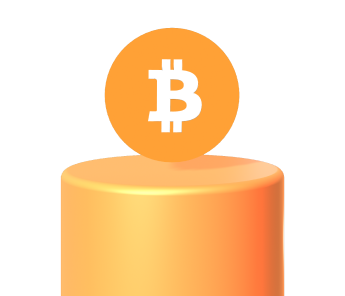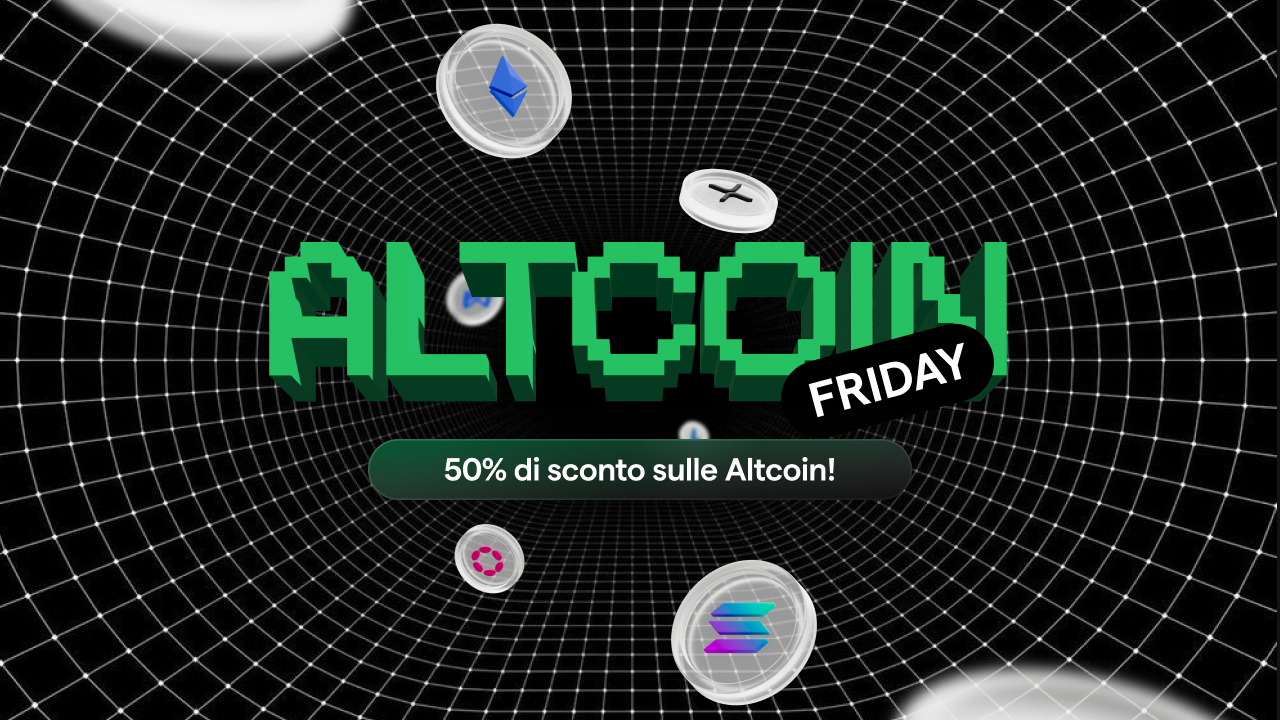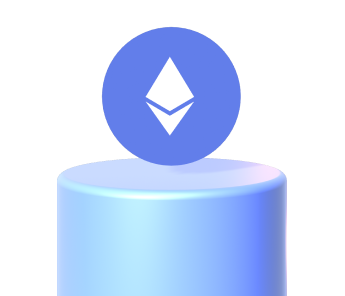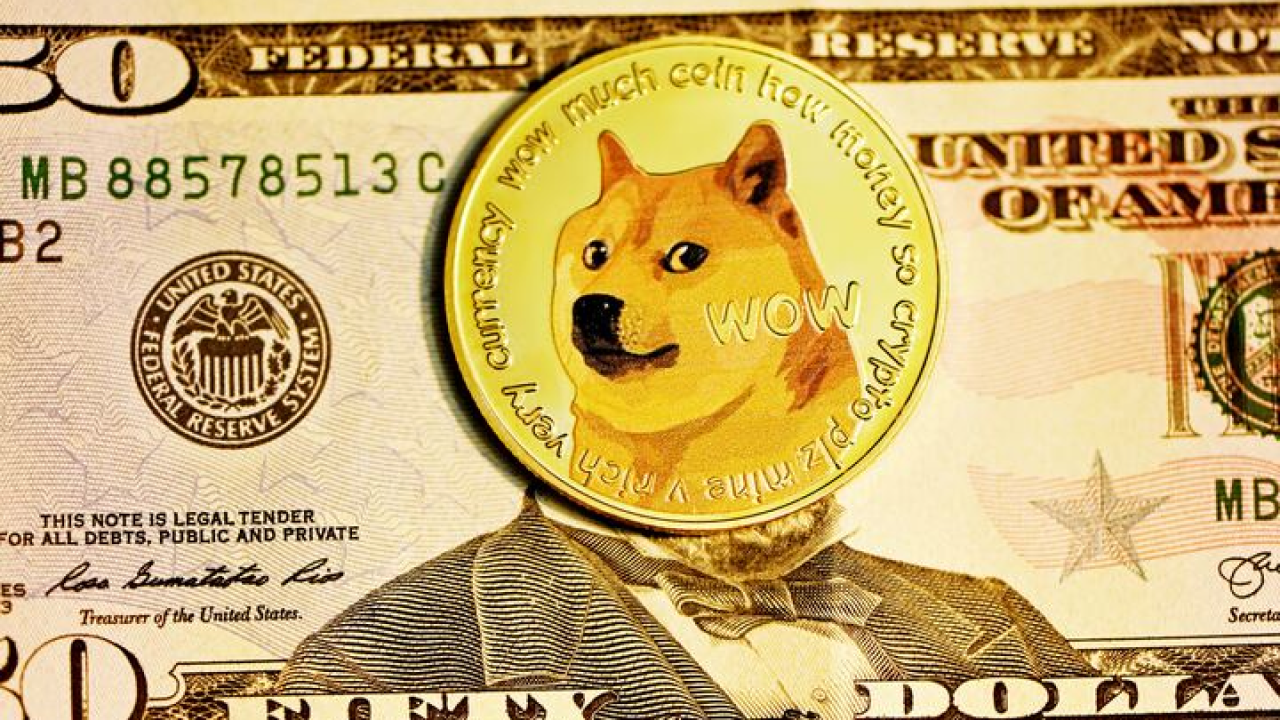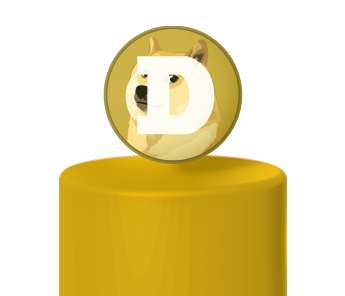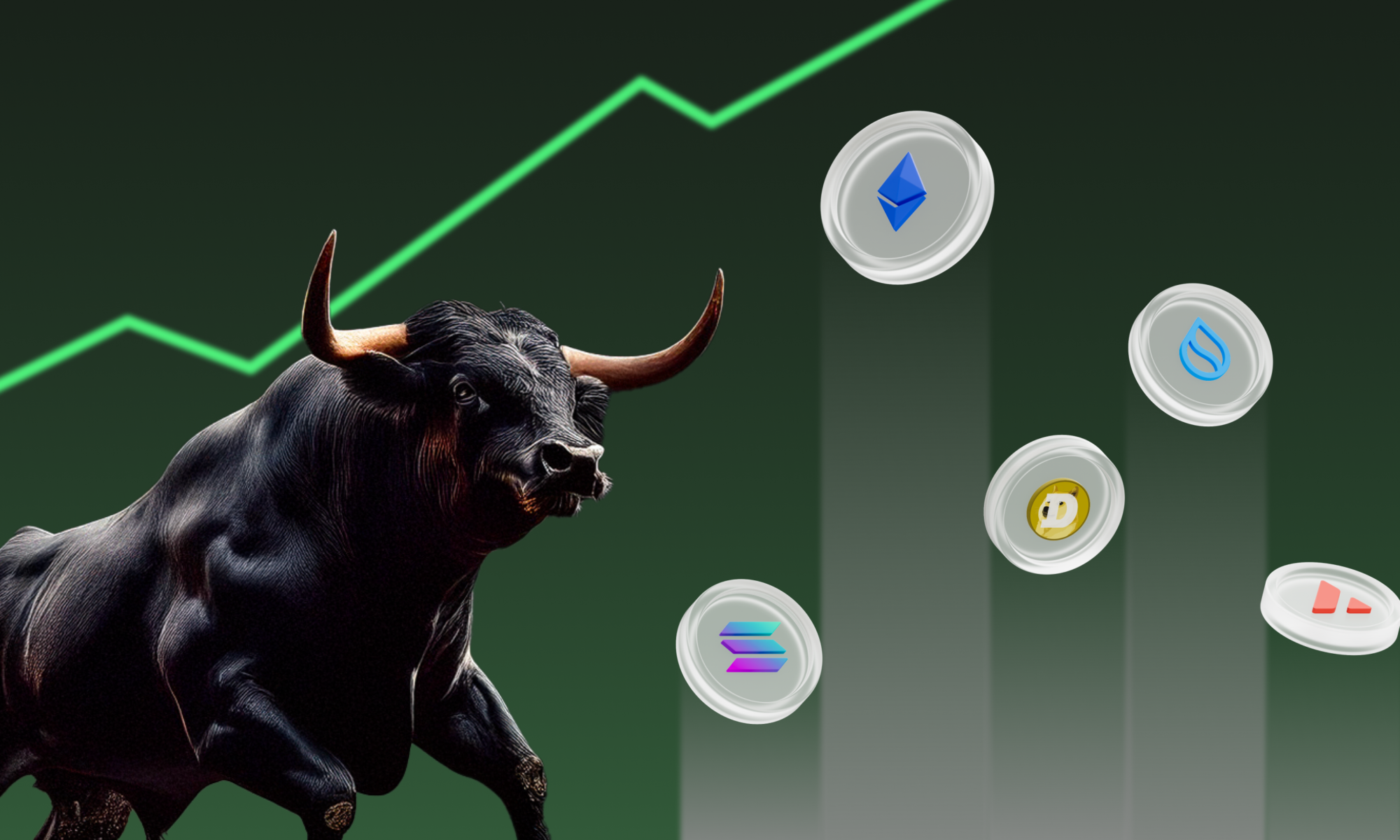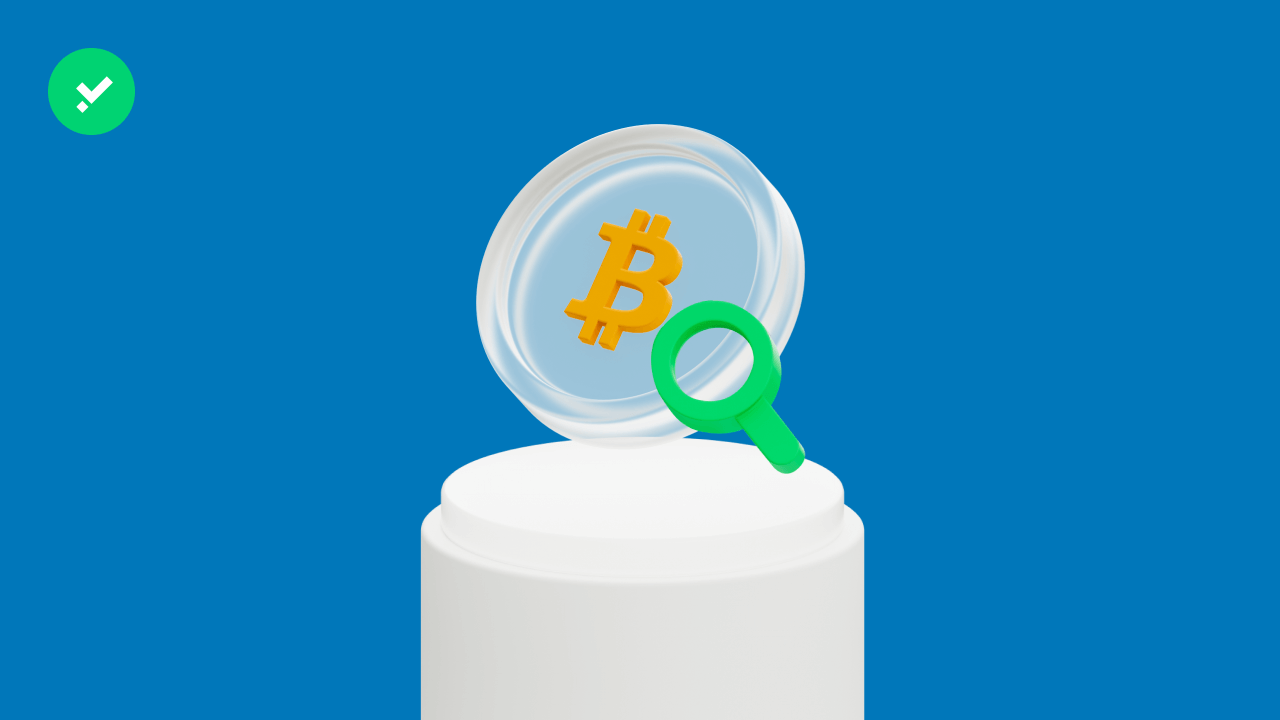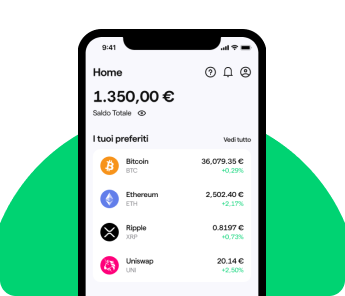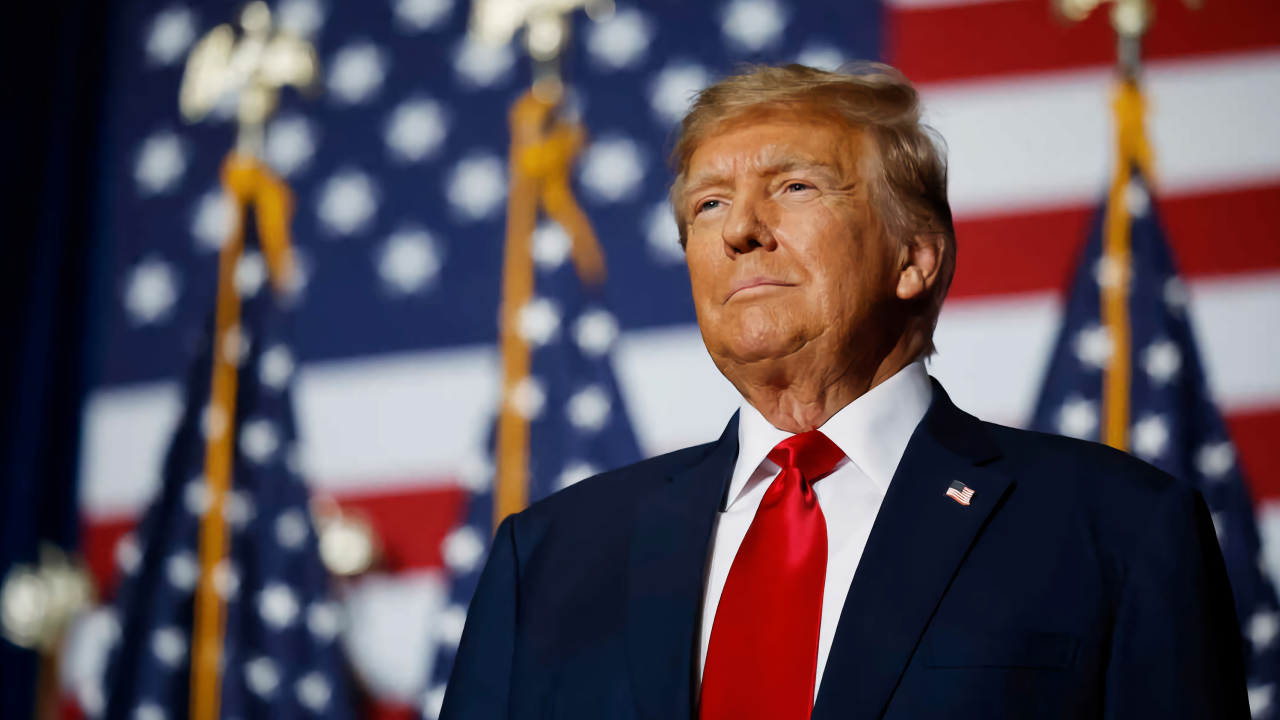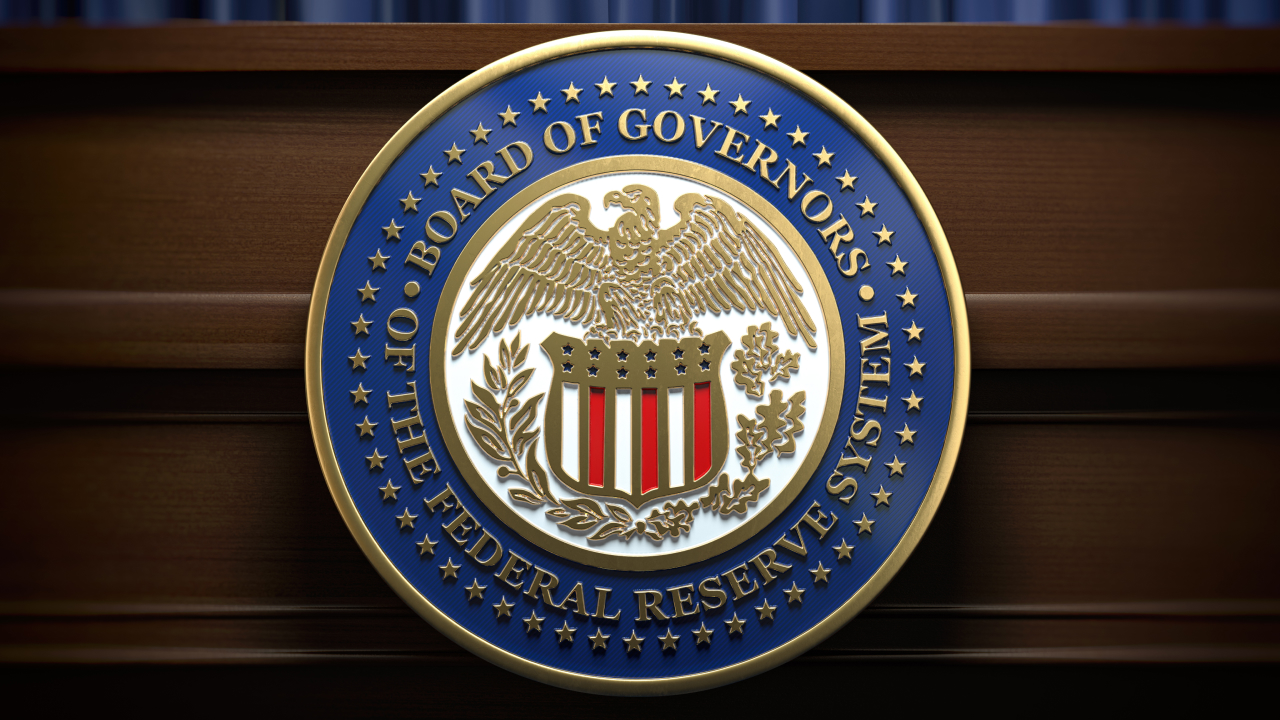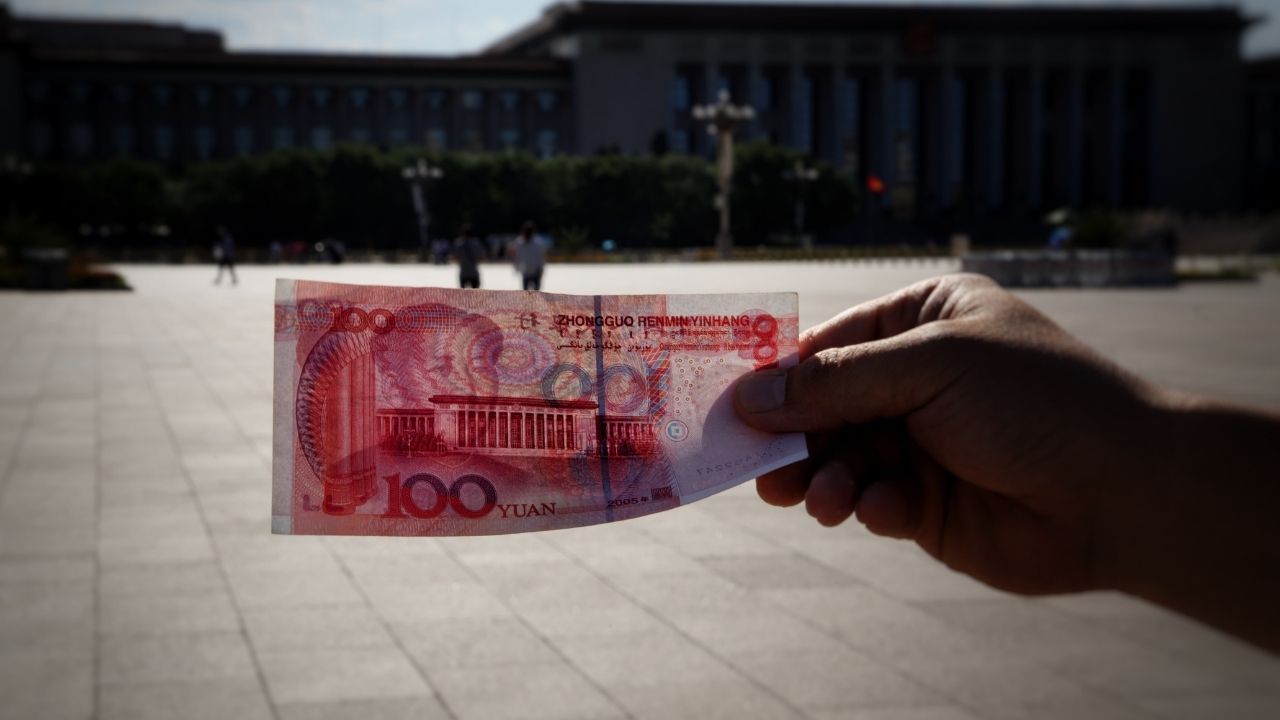The latest Bitcoin news reveals that Senator Cynthia Lummis has proposed converting part of the USA’s gold reserves into BTC.
In recent days, the cryptocurrency landscape has been shaken by not only a dramatic price surge but also by significant news concerning Bitcoin, primarily from the United States. Wyoming Senator Cynthia Lummis has introduced a bill proposing the conversion of a portion of the U.S. gold reserves into Bitcoin.
If approved, this initiative could mark a historic shift in the economic and financial trajectory of the United States and the world.
A New Era for State Reserves
Senator Lummis’ proposal aims to create a “Strategic Bitcoin Reserve” for the United States by converting a fraction of the country’s vast gold reserves into BTC. Currently, the United States holds the largest gold reserves in the world, totaling over 8,000 metric tons. Germany ranks second with 3,352 tons, followed by Italy with 2,452 tons.
According to the latest financial report by the Bureau of the Fiscal Service, the U.S. holds approximately $5.4 trillion in assets, while liabilities amount to $42 trillion. Of this, $26.5 trillion represents public debt and its associated interest. Lummis’ proposal includes the accumulation of 1 million BTC for 20 years, aiming to support the dollar against its gradual and inevitable devaluation.
CTA: Buy Bitcoin today
A strategic Bitcoin reserve: Trump’s vision
The bill, widely discussed in Bitcoin news outlets, comes months after former U.S. President Donald Trump announced his intention to establish a “Strategic Bitcoin Reserve” to strengthen the country’s financial position. During his campaign, Trump accepted cryptocurrency donations, participated in Bitcoin 2024—the world’s premier cryptocurrency conference—and pledged to make the United States a global leader in blockchain technology.
Additionally, Trump has stated plans to dismiss Gary Gensler, the current chairman of the Securities and Exchange Commission (SEC), known for his regulatory stance against cryptocurrencies.
A historical parallel: Bretton Woods
This proposal recalls 1971, when the United States abandoned the Bretton Woods Agreement, effectively ending the gold standard. The introduction of a Strategic Bitcoin Reserve could serve as a “third chapter” in the Bretton Woods saga, established in 1944, heralding a new era in global monetary history.
It’s worth noting that since the abandonment of Bretton Woods in 1971, the U.S. dollar has lost approximately 98% of its value. Establishing an alternative asset or store of value to support the dollar might be necessary.
Buy Bitcoin Today
A global influence
The U.S. proposals are already impacting other nations. In Poland, Sławomir Mentzen, a candidate in the 2025 presidential elections, has pledged to create a Strategic Bitcoin Reserve if elected. A long-time cryptocurrency advocate, Mentzen revealed that he invested all his savings in Bitcoin in 2013, showcasing his confidence in its potential.
These recent political initiatives in the United States and Poland indicate the growing acceptance of Bitcoin as a state-level store of value. If implemented, these proposals could mark a turning point in global economic history, redefining the role of cryptocurrencies in the international financial system.
